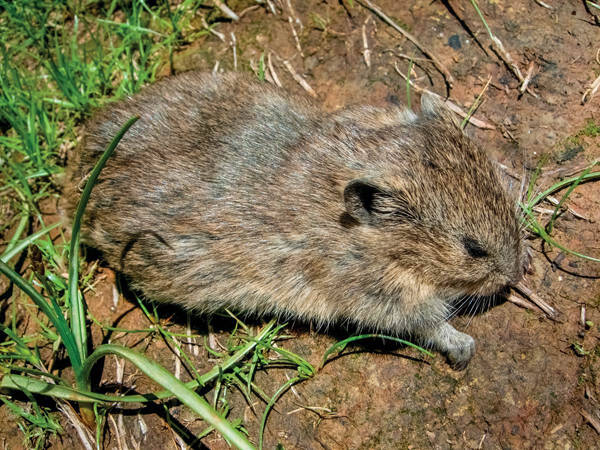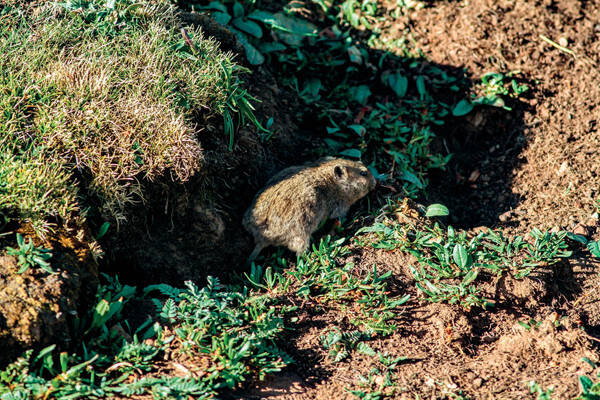Phaiomys leucurus
IUCN
LCBasic Information
Scientific classification
- name:Phaiomys leucurus
- Scientific Name:Phaiomys leucurus,Pitymys leucurus,Brandt's pine vole, Pine vole, Pine vole、Blyth's vole
- Outline:Rodents
- Family:Rodentia Cricetidae P.Vole
Vital signs
- length:89-130mm
- Weight:
- lifetime:
Feature
It has a very short tail, very short ears, and short limbs. It is a species of the genus M. suspensor that is good at digging.
Distribution and Habitat
In China, it is distributed in Qinghai and Tibet. Abroad, it is marginally distributed in northern India.
The white-tailed pine vole lives in wet areas such as meadows, grasslands, swamp meadows or salt meadows along mountain basins, terraces, lakes and rivers, and also in terraced farmlands and houses. It lives between 2900-5000 meters above sea level.
Appearance
The individuals are relatively large, with many individuals being around 110mm in length, and the tail length being about 30% of the body length. The main feature is that the back of the body is straw yellow, and the belly is light yellow. This feature is quite special and unique in the genus Pine Vole. The ears are visible outside the fur, and are the same color as the fur on the back of the body. The claws are black and strong, suitable for digging. On the skull, the back is angular. The upper incisors are tilted forward, and the first lower molar has only three closed triangles.
Details
The white-tailed pine vole belongs to the subfamily of voles (Arvicolinae). The previous classification status was very confusing, but Liu Shaoying et al. (2012, 2017) confirmed that it belongs to the genus Arvicolinae through molecular systematic research. This species is distributed at high altitudes, generally above 3500m, and inhabits areas with degraded vegetation, large human disturbance, sandy soil, and dry grassland. It is also found in cultivated land that has been abandoned for more than 3-4 years. In its distribution area, the population density is very large and it is easy to catch. The food is mainly plants of the Gramineae and Cyperaceae, and it also forages for barley grains.

This species has been included in the "National List of Terrestrial Wildlife with Important Economic and Scientific Research Value" issued by the State Forestry Administration of China on August 1, 2000.
Listed in the 2013 Red List of Endangered Species of the World Conservation Union (IUCN) ver3.1—Low Risk (LC).









